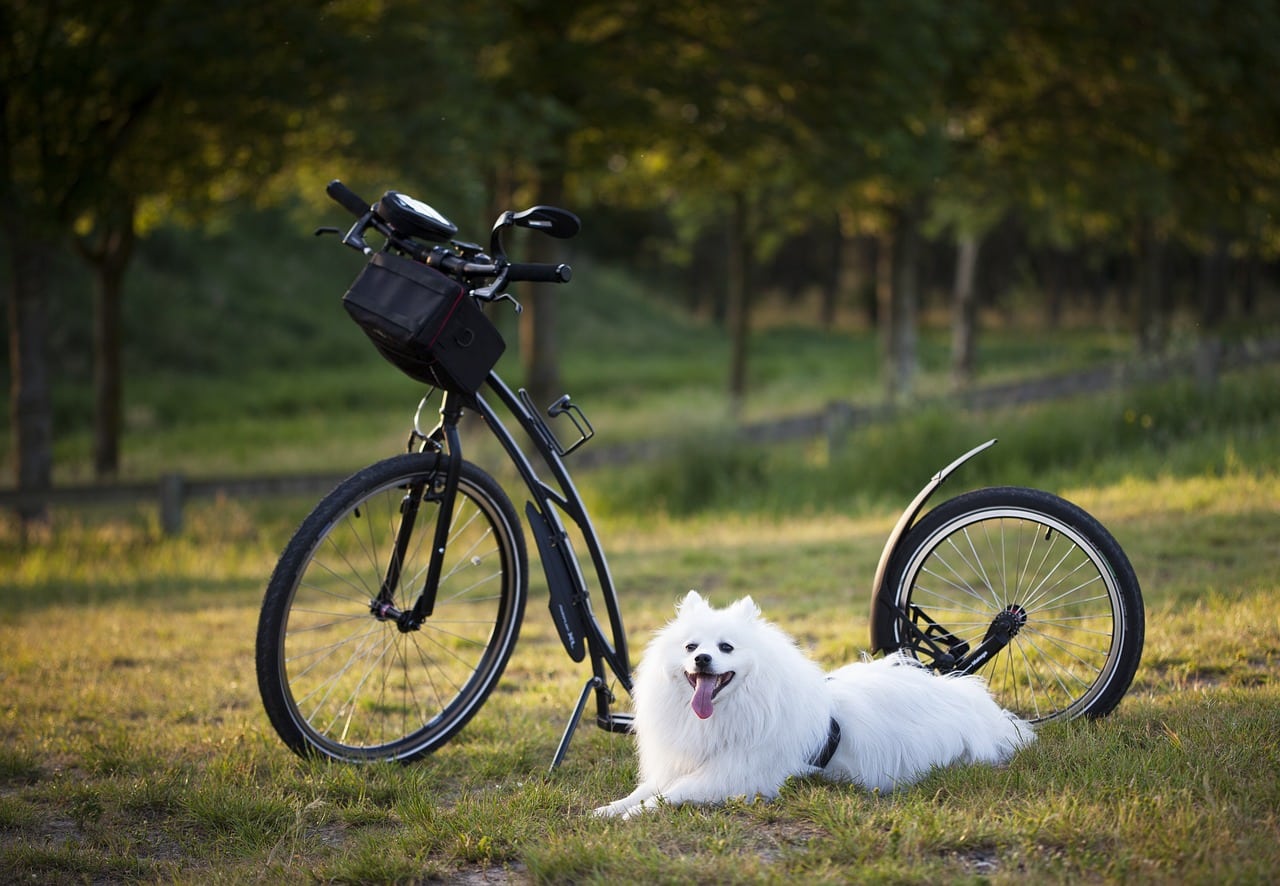In the never-ending quest to train our furry companions, there emerges a question that plagues dog owners everywhere: which method is truly more effective - clicker training or verbal training? Both techniques have their devoted followers, but the debate rages on. As we explore the merits of clicker training and verbal training, we will unravel the mysteries behind these two popular methods, allowing you to make an informed decision on how best to teach your four-legged friend. Let us embark on this journey together, as we discover the key differences and evaluate the effectiveness of clicker training and verbal training for dogs.
Benefits of Clicker Training
Clear Communication
Clicker training provides clear communication between you and your dog. The distinct sound of the clicker serves as a consistent marker for desired behaviors, making it easier for your dog to understand what you expect from them. This clear communication helps eliminate confusion and enhances their learning process.
Positive Reinforcement
One of the major benefits of clicker training is its reliance on positive reinforcement. By using treats or rewards along with the clicker, you can reinforce good behavior and motivate your dog to repeat it. This positive reinforcement approach fosters a strong bond between you and your dog, as they associate good behavior with positive experiences.
Consistency
Consistency is key in dog training, and clicker training provides a structured and consistent approach. The sound of the clicker is uniform every time, ensuring consistency in the marker for desired behaviors. This consistency helps your dog understand what is expected of them and reinforces the training process.
Benefits of Verbal Training
Direct Communication
Verbal training allows for direct communication between you and your dog. Through spoken commands, you can convey your expectations clearly and immediately. This direct communication helps establish a strong understanding between you and your dog, facilitating effective training sessions.
Flexibility
Verbal training offers flexibility, as you can easily adapt or modify your commands based on your dog's individual needs and understanding. Unlike the clicker, which has a fixed sound, verbal commands can be tailored to suit your dog's unique abilities and temperament. This flexibility allows you to customize your training approach for optimal results.
Builds Trust
Training your dog using verbal commands helps build trust and deepen your bond. As you consistently communicate with your dog through your voice, they learn to rely on your guidance and trust your instructions. This trust forms a strong foundation for your training sessions and strengthens the overall relationship between you and your dog.

This image is property of pixabay.com.
Training Techniques: Clicker Training
Conditioning the Clicker
Before using the clicker for training, it is essential to condition your dog to associate the sound of the clicker with positive rewards. Start by clicking the clicker and immediately offering a treat. Repeat this process several times, gradually increasing the time gap between the clicker and treat. This conditioning helps your dog understand that the clicker signifies a reward-worthy behavior.
Pairing the Clicker with Treats
During clicker training, it is crucial to pair the sound of the clicker with treats or rewards. When your dog performs a desired behavior, such as sitting or staying, you click the clicker to mark the behavior and then immediately provide them with a treat. This pairing reinforces the connection between the clicker sound and the reward, making the training more effective.
Shaping Behavior
Clicker training allows you to shape your dog's behavior gradually. By breaking down complex behaviors into smaller, achievable steps, you can click and reward each progressive stage. For example, if you want your dog to fetch an object, you can start by rewarding them for simply showing interest in the object, then for picking it up, and finally for bringing it back to you. This step-by-step approach helps your dog understand and master complex commands more easily.
Training Techniques: Verbal Training
Consistent Commands
When using verbal training techniques, it is important to establish consistent commands for each behavior. Choose simple and clear words or phrases for commands like "sit," "stay," and "come." Consistency in the choice of commands helps your dog understand and respond promptly to your instructions.
Reward System
In verbal training, a reward system plays a vital role in reinforcing desired behavior. Once your dog performs the requested action, such as sitting, promptly reward them with treats or praise. By consistently associating the desired behavior with positive rewards, your dog will be motivated to repeat the actions.
Verbal Corrections
Verbal training allows for immediate corrections through words. Using a firm but gentle tone, you can indicate to your dog when they have exhibited undesirable behavior. For example, if they jump on someone, a simple "off" command accompanied by redirecting their attention helps correct the behavior. Verbal corrections, when delivered appropriately, can effectively guide your dog towards more acceptable behavior.

This image is property of pixabay.com.
Effectiveness for Basic Commands
Sit
Both clicker training and verbal training are highly effective for teaching the "sit" command. With clicker training, you can click and reward your dog as soon as they sit, reinforcing this behavior. In verbal training, a clear and consistent command such as "sit" along with immediate rewards helps your dog understand and obey the command.
Stay
Clicker training can be particularly useful in teaching the "stay" command. By gradually increasing the duration of your dog's stay and clicking to mark their success, you reinforce the behavior. Verbal training also works well, as you can use a command like "stay" and reward your dog when they remain in position.
Come
Both clicker training and verbal training can effectively teach the "come" command. With clicker training, you can click and reward your dog once they come to you. In verbal training, consistently using a command such as "come," along with positive reinforcement, encourages your dog to come towards you promptly.
Effectiveness for Complex Commands
Roll Over
Clicker training is highly effective for teaching complex commands like "roll over." By shaping the behavior through progressive stages and clicking to mark each stage, you can reinforce and guide your dog towards completing the full roll over. Verbal training can also be effective, as you provide clear verbal cues and rewards for each successful attempt.
Fetch
Both clicker training and verbal training can be utilized to teach the command "fetch." With clicker training, you can click and reward your dog for showing interest in the object, then for picking it up, and finally for bringing it back to you. Verbal training involves consistent commands, such as "fetch," and rewarding your dog for successfully retrieving the object.
Heel
Verbal training is often preferred for teaching the "heel" command, which requires your dog to walk closely beside you. By using a command such as "heel" or a sound cue like a click of the tongue, you can guide your dog to walk politely by your side. Consistent verbal commands and rewards for maintaining the correct position will reinforce the behavior.

This image is property of pixabay.com.
Training Time and Efficiency
Time Investment
The time investment required for both clicker training and verbal training will vary depending on your dog's individual learning ability and the complexity of the commands. However, both training methods require consistent practice and repetition. Allocating dedicated training sessions each day, ranging from 10 to 15 minutes, can help maximize training efficiency and ensure steady progress.
Rapid Skill Acquisition
Clicker training has the advantage of promoting rapid skill acquisition. The combination of the distinct clicker sound and immediate rewards reinforces desired behaviors quickly. Verbal training, on the other hand, may take slightly longer for your dog to understand and respond to specific commands. However, with consistent practice, your dog can efficiently acquire the necessary skills through verbal training as well.
Handling Distractions
Focus and Attention
Both clicker training and verbal training can help improve your dog's focus and attention. During training sessions, gradually introduce distractions while reinforcing desired behaviors. Over time, your dog will learn to maintain focus and respond to your commands, even in the presence of distractions. Consistency and patience are key in achieving success in handling distractions during training.
Outside Environments
Training your dog to respond to clicker or verbal commands in outside environments is essential for their safety and well-being. Clicker training may require additional practice to ensure that your dog recognizes and obeys the clicker sound even amidst new and stimulating surroundings. Verbal training, with consistent commands and rewards, can also be effective in training your dog to respond appropriately outside of familiar environments.
Suitability for Different Dog Breeds
Working Dogs
Clicker training and verbal training techniques are suitable for working dogs, such as Border Collies or German Shepherds. These intelligent breeds respond well to positive reinforcement and are quick learners. Both methods can be utilized to effectively train them for tasks specific to their working roles.
Herding Dogs
Herding dogs, such as Australian Shepherds or Border Collies, can benefit from both clicker training and verbal training. Their natural herding instincts make them receptive to consistent commands and rewards. By utilizing either training method, you can effectively channel their herding abilities and enhance their overall obedience.
Sporting Dogs
Sporting dogs, like Labrador Retrievers or Golden Retrievers, are often eager to please and enjoy learning new skills. Both clicker training and verbal training can be highly effective in engaging and training these breeds. Their high energy levels and desire for mental stimulation make them ideal candidates for positive reinforcement techniques.
Potential Limitations
Clicker Dependency
One potential limitation of clicker training is the risk of creating a dependency on the clicker sound. If your dog becomes reliant on the clicker as a cue for desired behavior, they may struggle to perform without it in the long run. To mitigate this, gradually reduce the frequency of clicker use and gradually transition to using verbal cues instead.
Verbal Misinterpretation
Verbal training may face the limitation of misinterpretation. Dogs may associate certain words or phrases with different meanings, leading to confusion in their response. To overcome this, consistency is key. Use clear and distinct commands, avoid vague or overlapping words, and reinforce the desired behavior consistently with rewards.
Individual Preferences
Each dog has its own unique personality and learning style. Some dogs may respond more favorably to clicker training, while others may thrive with verbal training. It's important to observe your dog's preferences and adapt your training methods accordingly. Pay attention to their engagement levels and adjust your approach to ensure a positive and effective training experience.
In conclusion, both clicker training and verbal training offer numerous benefits for dog training. The choice between the two methods depends on factors such as your dog's personality, your training goals, and your personal preferences as a dog owner. By understanding the benefits and techniques associated with each method, you can tailor your training approach to suit your dog's individual needs and enhance the overall training experience. Remember, successful dog training requires patience, consistency, and a positive and supportive attitude.


